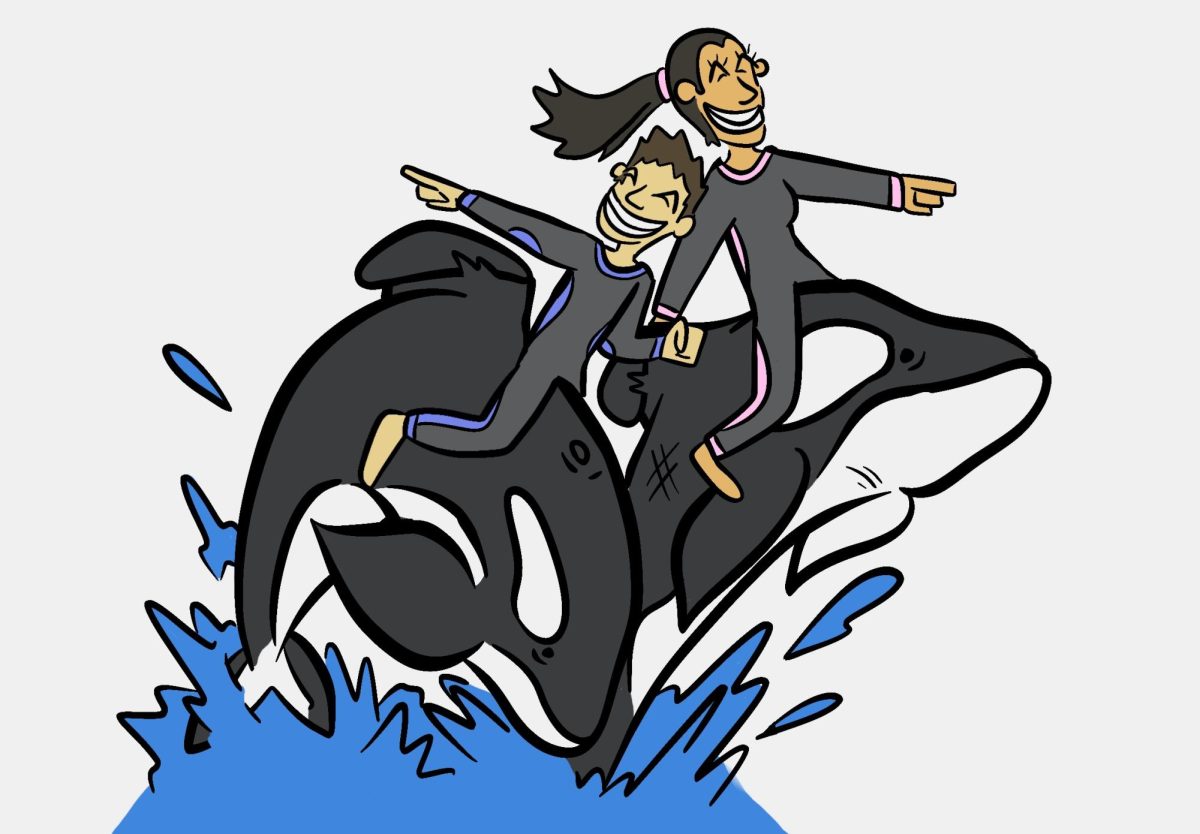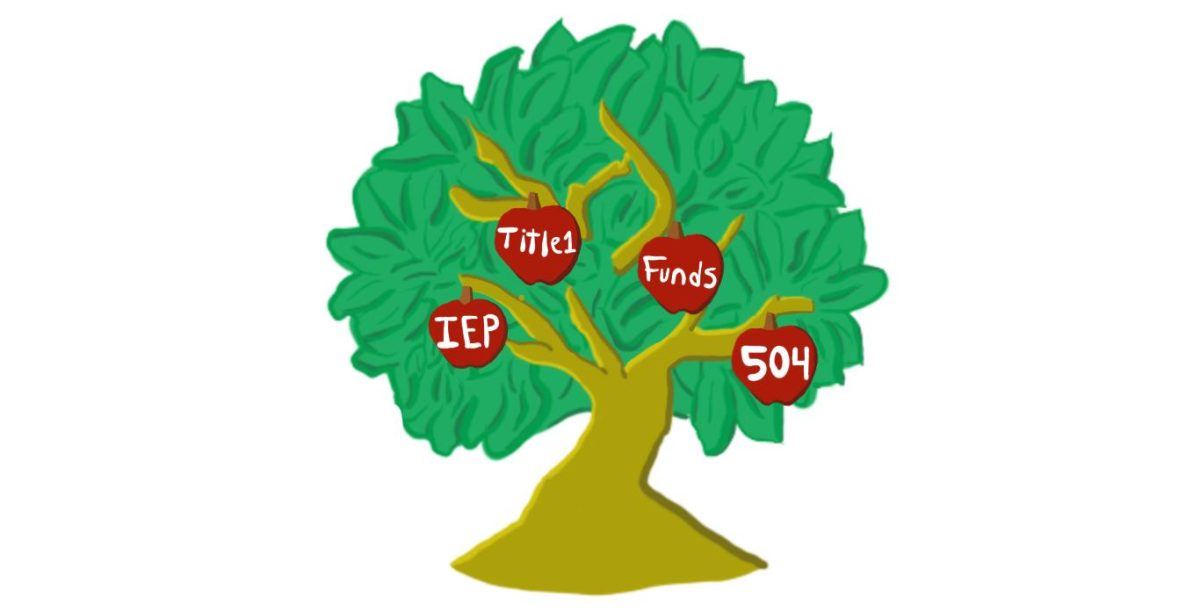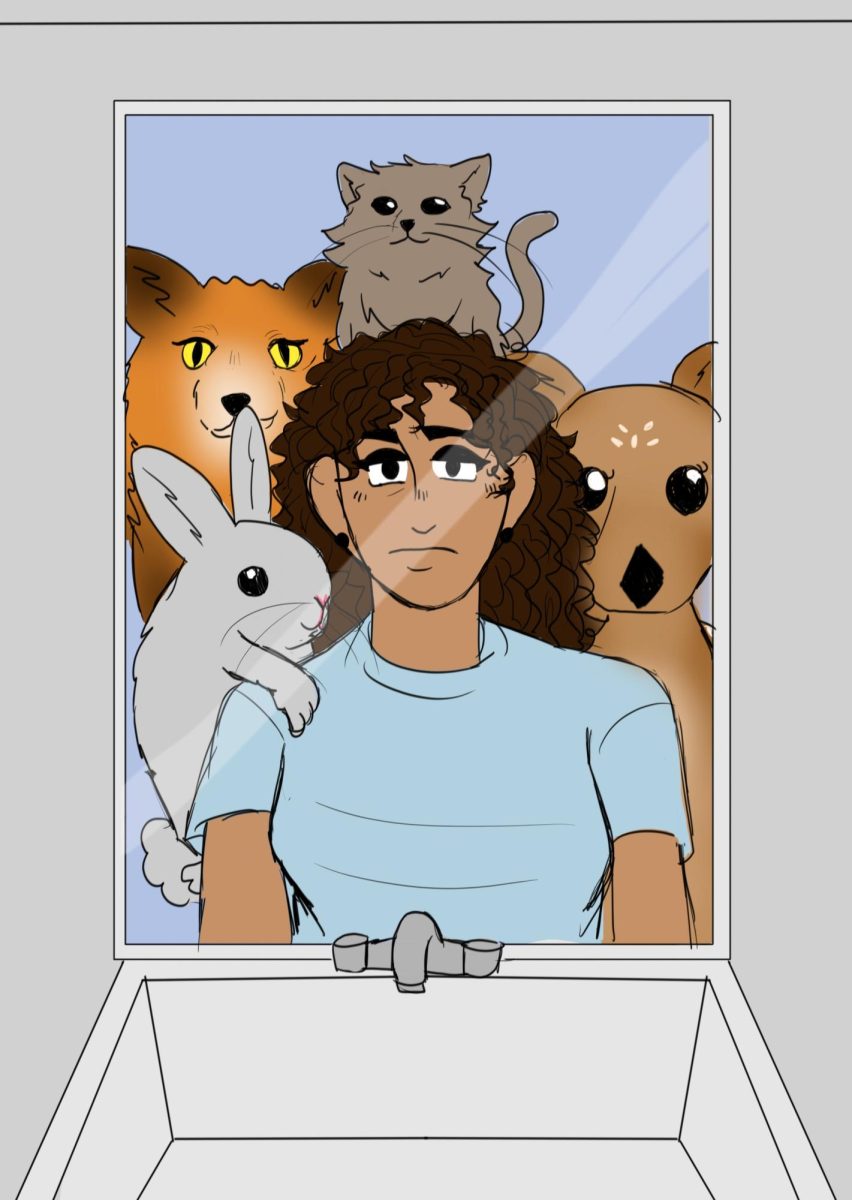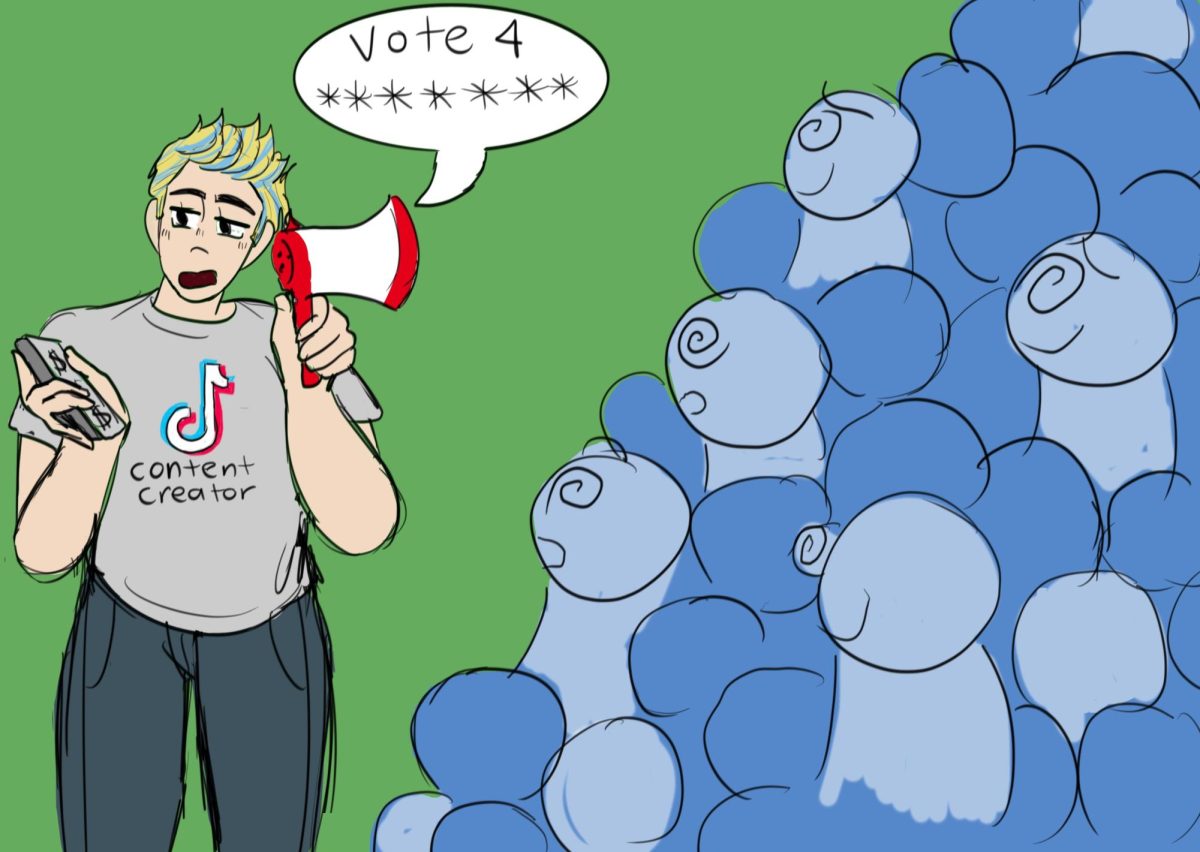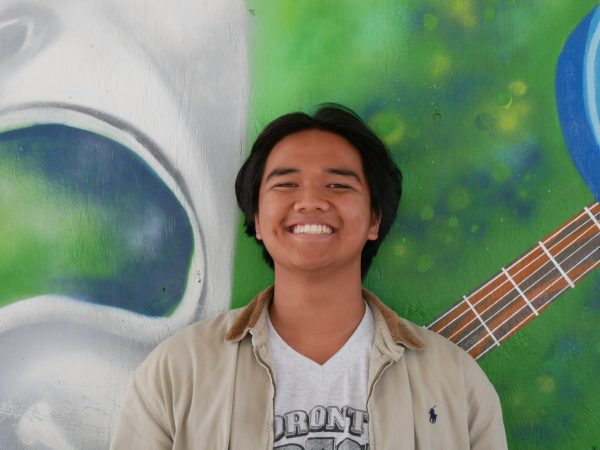Music plays to open up the hourly arena-style trained animal performance and roller coasters swiftly pass by filled with screams as children gather to view the exhibited animals. This well-known theme park referred to as SeaWorld San Diego is an animal-focused marine mammal park and aquarium with both indoor and outdoor aquatic exhibits. The park is known for its attractions, shows and various rides which include steeping roller coasters such as the Electric Eel, the Manta ride, or the Sesame Street styled water playground.
The park attracts all ages and plays a large role in the childhoods of the many children and families that attend. As one of the largest marine animal rescue organizations in the world, SeaWorld has power and influence over its audience. This influence has promoted what is stated on the official SeaWorld website as “one-of-a-kind animal experiences […] exciting world of marine animals […] during all-new animal presentations” and “exciting events for every season.”
Whilst the theme park emphasizes a utopian world for animals and people alike, behind the scenes a dark side was revealed after SeaWorld’s 2010 scandal and many others that came to follow. SeaWorld’s dark history unfolded when the 2013 documentary known as Blackfish emerged and Tilikum, an infamous figure for SeaWorld was used to argue how keeping orcas captive was unhealthy for animals psychologically and physically.
News outlet, People News, explains in their article, “The Death of Tilikum and 10 More of SeaWorld’s Biggest Scandals,” how the Tilikum scandal was “a symbol of the worst that can happen when you force an animal into unnatural conditions.” This not only invoked fear but dampened the perfect image SeaWorld strived to create.
A number of other incidents arose that led to various deaths and injuries of orcas, whales, Seaworld trainers and belugas, furthering the need for Seaworld to be shut down. Over time, SeaWorld trainers have spoken out against SeaWorld and their unethical methods. One in particular including, former trainer John Hargrove who spent over 14 years as an orca trainer at Seaworld.
Throughout the article, “You Can’t Replace the Ocean With a Pool — A Look at SeaWorld’s History of Animal Abuse” written by Eva Hagan featuring Hargrove, it is made apparent that he had “pushed for people to stop visiting SeaWorld, saying that their money is paying for the cruelty that happens to the animals.”
While some may argue on the importance of having an animal organization, SeaWorld is not in a current position to bring such efforts. Furthermore, the Los Angeles Times editorial “SeaWorld’s ban on orca shows should be just the start of changes” emphasizes how “SeaWorld would be better off ending its breeding program…and reserving its tanks for injured animals that cannot survive in the wild.” Moreover, indicating SeaWorld’s currently dysfunctional system that is not benefiting the animals it is presumed to be helping.
SeaWorld’s dark history and methods has been displayed through a number of petitions, former trainers speaking out and documentaries over the years. However, as stated previously, SeaWorld’s strong influence and power do not allow for animal mistreatment to come to an end and instead be hidden behind closed doors. The need for action is now against such organizations that already have a dark history and are likely to continue the unsafe conditions for the animals they hold.

